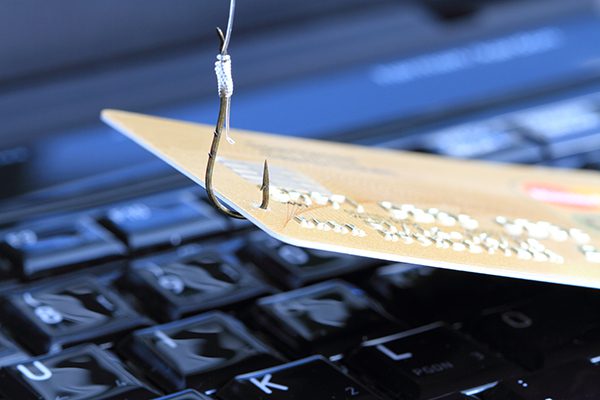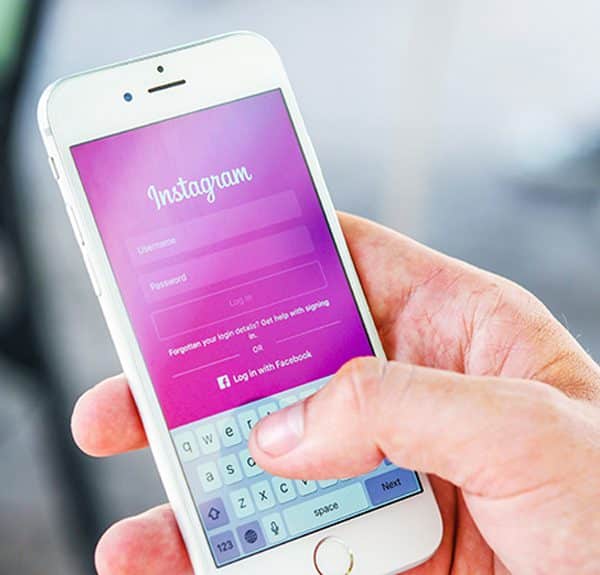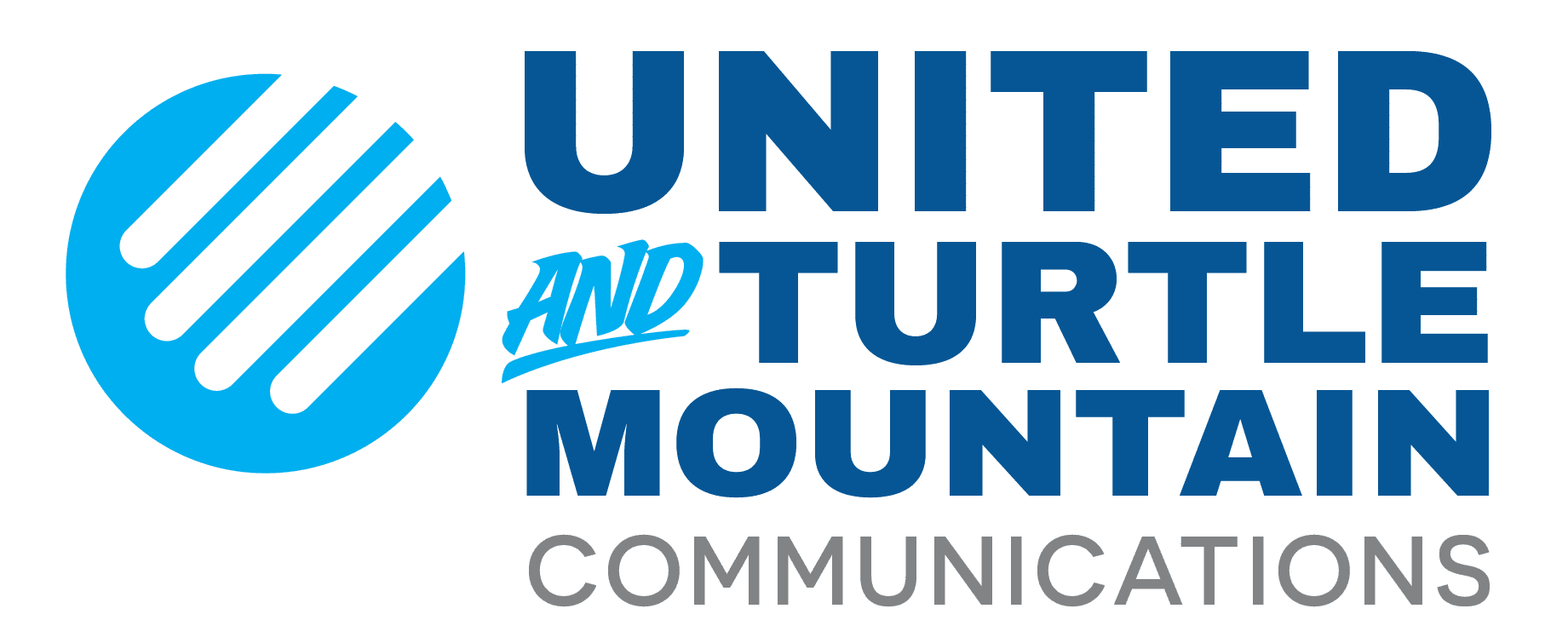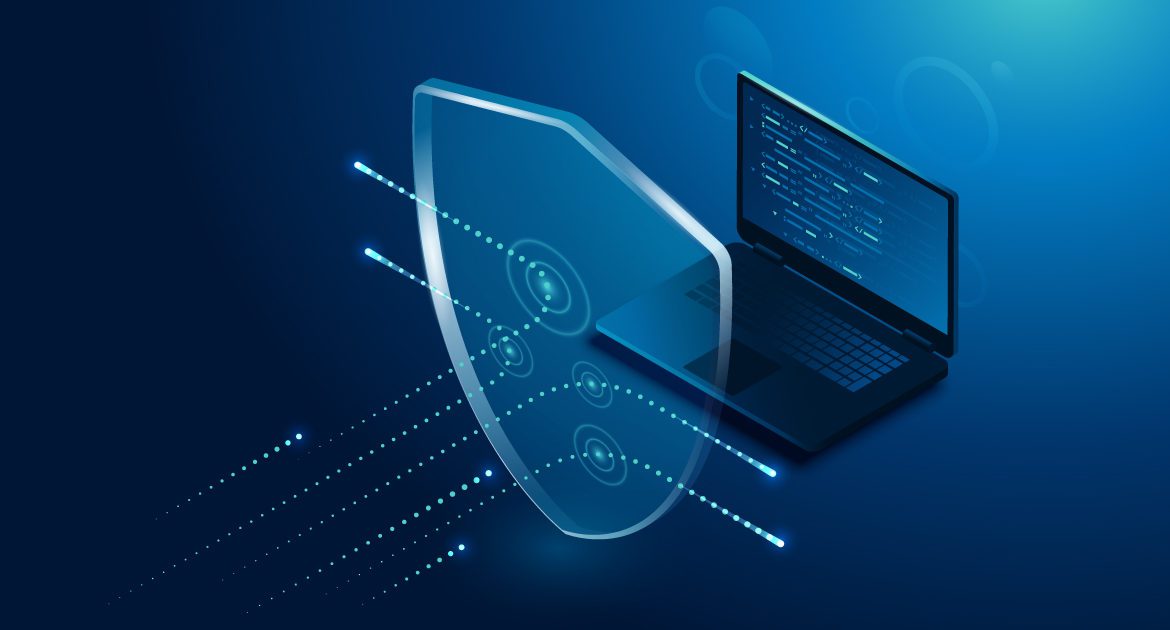Along with the wonderful things that the internet gives us, such as advances in technology, development of knowledge, and connection through various means of communication, there are also threats lurking in the background that can compromise the safety of ourselves and our families.
From phishing scams and computer viruses to data breaches and cyber bullying, there are many online dangers to be aware of, and steps that you can take to actively prevent these threats and keep you and your family safe.
1. Online Safety for Kids and Teens

Social media can be a great tool for communication and connection across the globe, but it can also be a platform used for malicious activity. Cyberbullying, harassment, child exploitation, the spread of propaganda, and hate speech are all unfortunate realities that we must be aware of, so we can do our best to protect ourselves, and especially young adults and children.
According to Organization for Social Media Safety, the average teen spends about 9 hours a day online. With additional statistics like “82% of child sex crimes originating on online social media sites” and “88% of social media-using teens witnessing other people being mean or cruel on networking sites”, it’s clear that children and teens can easily fall victim to the dangers of online activity.
Solutions to help keep kids and teens safe online:
Block & Report
A helpful course of action is to educate all ages to proceed with caution when using websites and social media platforms. Teach them to get in the habit of blocking and reporting any malicious activity, such as bullying, harassment, or hate speech. This process helps to get people in the mindset of assessing and looking at the content in front of them to determine if it is harmful and doing something about it, rather than mindlessly scrolling and absorbing it.
Parental Controls
Depending upon an individual’s level of access to the internet, you can also explore options for parental control capabilities. Blocking inappropriate websites on your computer and browsers can help deflect unwanted material.
You can also set restrictions on when your home Wi-Fi is accessible to certain devices, something that can be handy when kids are staying up past their bedtime to use the internet. At United & Turtle Mountain Communications, this capability is provided with the SmartWiFi by UTMA app which is offered alongside our Managed Wireless service.
2. Phishing Attacks & Viruses

Phishing scams are fraudulent attempts by an untrustworthy party to lure you in and hook you to obtain your private and personal information, such as credit card numbers, bank account information, passwords, or other sensitive material. They do this by sending convincing messages, such as emails or pop-up messages, that appear to be branded to your specific bank, internet service provider (ISP), or other consumer service.
These messages often include alerts stressing urgency to fix a problem with your account or personal information. For example, an email that appears to be from your bank reading ‘unauthorized transaction detected on your account, click this link to verify your identity’. Or you get a pop-up message while searching the internet that claims to be from your ISP, requesting you to update your account information.
Solutions for phishing attacks & viruses:
Don’t Click or Download
If you think someone is phishing for your personal information, never click on any links they send or download anything in the message. This could expose your device to viruses and spyware that could compromise your private information and allow hackers to access your computer.
Report It
You should also report the issue to the Federal Trade Commission and notify the company from which the message claimed to be coming, so they can address the issue.
Update Systems & Install Security Software
Additionally, protect yourself and your information by updating your operating systems when prompted and install an internet security system. We offer our customers SecureIT – an industry-leading anti-phishing, -virus, and -spyware software that makes protecting yourself easy. The software works seamlessly in the background to block these online threats without your interaction, so you don’t have to worry.
Related: How to Protect Yourself from Hackers

3. Privacy with Online Accounts
When using online accounts for everything from connecting on social media to shopping online, be cautious and make sure your privacy is a priority. Especially on sites where your credit card information is used and stored, it’s extremely important to ensure you do everything in your power to prevent hackers from being able to breach your data and account information.
Solutions for keeping your online accounts secure:
Keep Information Private
Never share personal information with anyone online unless it is through verified, trustworthy sources, and always check privacy policies on sites you use to ensure your information is kept private. Keep your social media accounts private and check that privacy settings are set to “high” for increased protection.
Two-Step Authentication
Check to see if a site has a two-step authentication processes. Large sites, such as Gmail and Amazon, offer this as an extra layer of protection when accessing your account.
Strong Passwords
Always use a different, complicated password for every site you use (i.e., don’t even think about using password123). Simple passwords are predictable and at a much higher risk for being compromised. It’s also a good idea to change your passwords for all sites regularly.
Keeping all your passwords straight can be challenging – and this is where a password manager comes in handy. We offer PasswordGenie, a secure software that uses encrypted technology to keep your personal information safe, from passwords and credit card numbers to PINs and garage codes, and accessible to you anywhere, anytime.

4. Unprotected Internet Connections
Leaving your home or personal Wi-Fi connection unprotected can make you vulnerable to data breaches, hackers, and other criminal cyber activity. It can also slow down your internet as unauthorized users can access it, draining your bandwidth and making your online experience sluggish.
Solutions for protecting your Internet connection:
Use Wi-Fi Passwords
Ensure your wireless internet connection is password-protected. Typically, your ISP will give you this information upon setup or, depending on what type of router you use, you can check for a network name and password on the device.
Enable Firewalls
A firewall “is a network security system that monitors and controls incoming and outgoing network traffic based on predetermined security rules.” Turn on your computer’s built-in firewall to prevent unauthorized connections and determine which apps can access the internet.
Get a VPN
Virtual Private Networks (VPN) encrypt your connection between your device and a remote server to keep your online activity private, and also allow you to access otherwise blocked content on that server. This is an excellent option for organizations which have people working remotely who wish to access the office network from home.
For additional information on best practices for online safety, contact our friendly customer service team.






